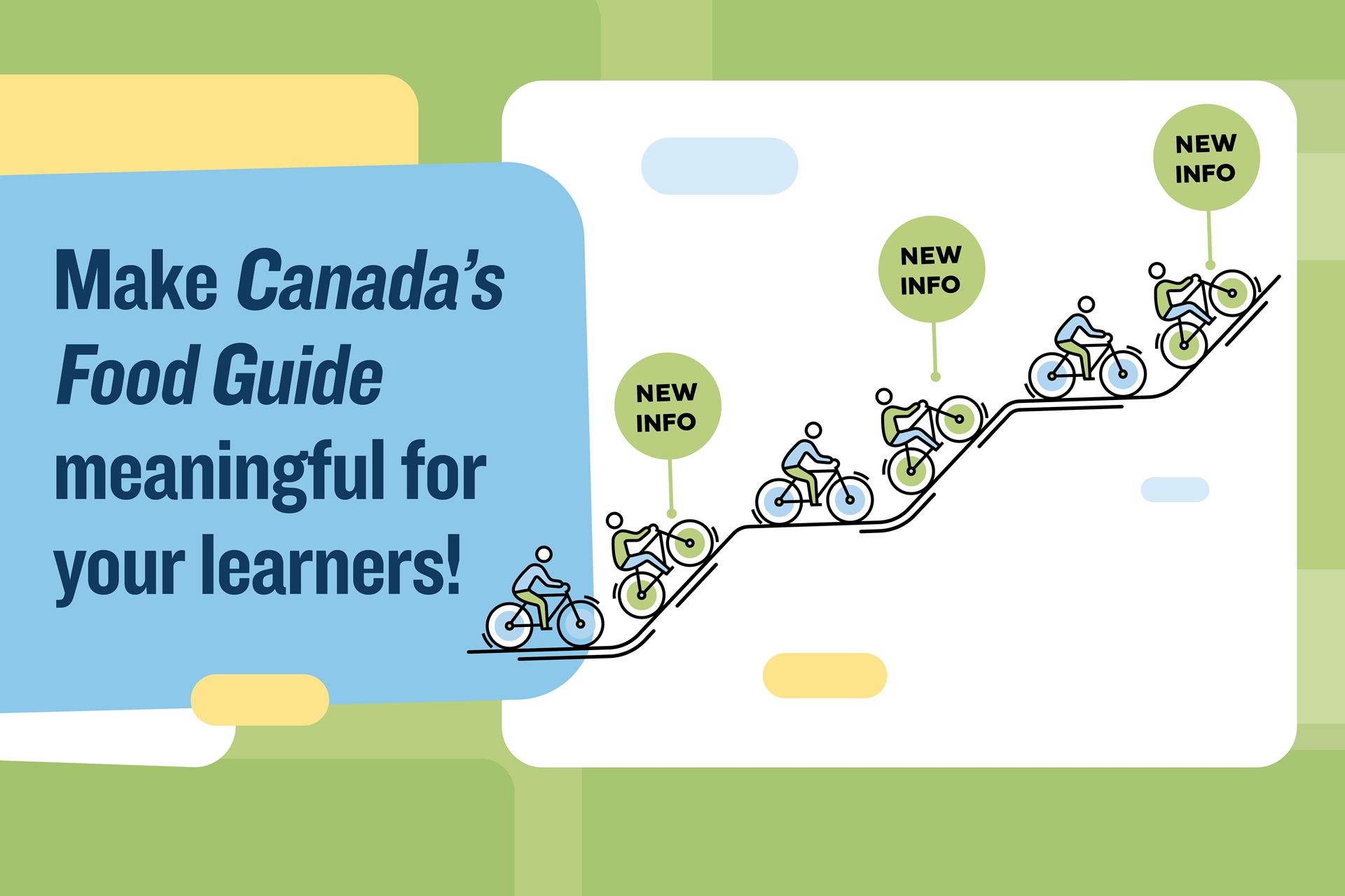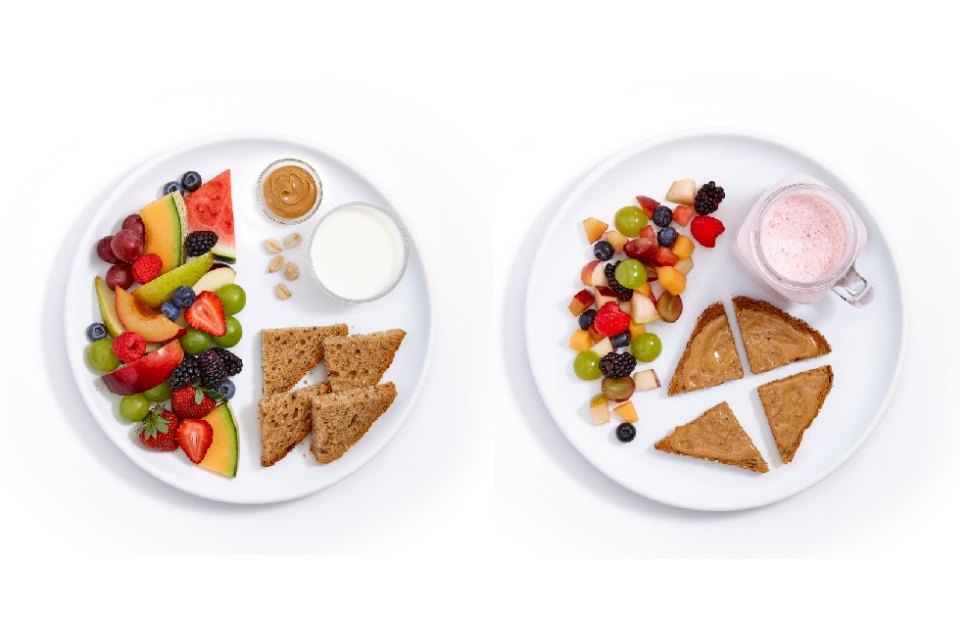Learn how to make Canada’s Food Guide meaningful for your learners. This article includes age-specific activities you can use in early learning and at school!
Our team of Registered Dietitians is passionate about building developmentally appropriate resources and programs to support educators in teaching about food and nutrition. We are often asked, “How do I teach Canada’s Food Guide in early learning and at school?”
As with any form of learning, effective nutrition education requires different approaches for different ages and stages of learners, so you need to look at Canada’s Food Guide (CFG) and consider how and why it may be relevant for your learners at different times.
You may be familiar with the term “pacing learning,” in which children and youth learn at a pace that matches their ability and interests. So what does this approach look like in practical terms when you teach CFG?
Nutrition education works well when children and youth are given lots of time and opportunity to explore and practise. Keeping this in mind for CFG, start with hands-on food activities and then add gentle, well-timed reinforcement of nutrition concepts as outlined in the table below.

We have broken down recommendations by ages and stages, from early childhood through high school, reflecting developmentally appropriate learning goals. The learning is paced to occur when students generally experience the most significant shifts in cognitive development, welcoming a new level of complexity in thought processes as children and youth progress with their learning.
| Ages and Stages* |
Pacing Learning for Teaching Canada’s Food Guide |
| Early Childhood |
|
|
(kindergarten - grade 3) |
|
|
(Grades 4-6) |
|
|
(Grades 7-8) |
|
|
(Grades 9-12) |
|
* These are general progressions for learning. Some children and youth may not follow this progression exactly. You know your learners best, so feel free to meet them where they are in their journey.


